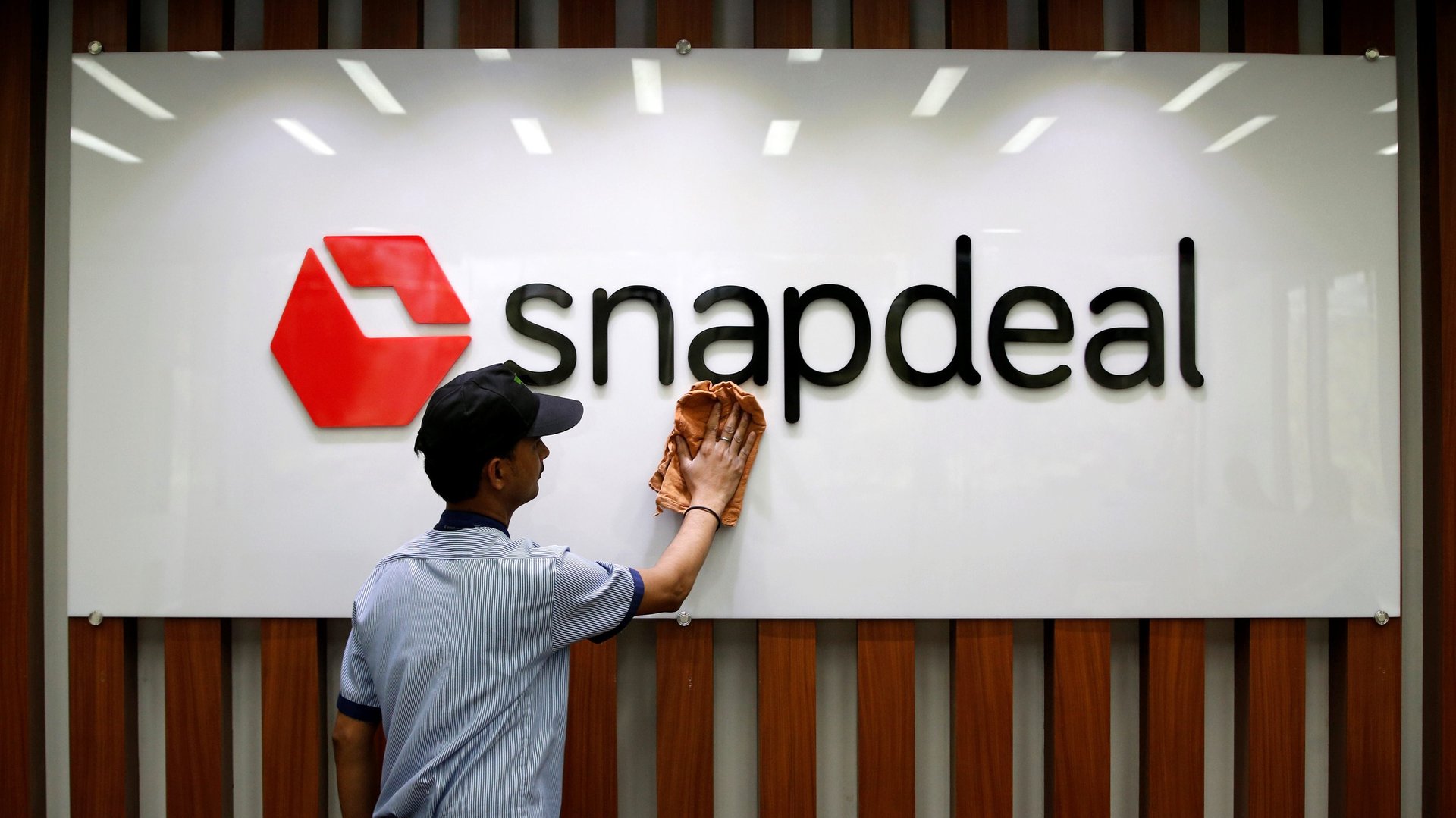Snapdeal must learn from the smaller Infibeam rather than the giant Amazon to revive itself
Snapdeal’s potential acquisition by Flipkart has fallen through. It looks like the former will remain an independent company for some more time, funded partially by the sale of its payment platform FreeCharge to Axis Bank. Its founders are hoping to be able to script a better end.


Snapdeal’s potential acquisition by Flipkart has fallen through. It looks like the former will remain an independent company for some more time, funded partially by the sale of its payment platform FreeCharge to Axis Bank. Its founders are hoping to be able to script a better end.
While it isn’t clear how Snapdeal’s troubles will end, the beginning is very clear in my head. It was July 30, 2014–the day Amazon committed $2 billion to its India business (and much more subsequently).
Before Amazon entered India, Snapdeal was competing against Flipkart and doing well enough to retain a coveted second spot in a growing market. Amazon India changed consumer expectations in terms of service and pricing. It was clear that none of the Indian players, with the possible exception of Flipkart, had the product or service experience needed to compete. Back then, I wrote, “The real winner will be the Indian consumer. These announcements have made it amply clear that the price wars will continue for several more years and that both firms (Flipkart and Amazon) are willing to bleed more money in the name of market share.”
For Snapdeal, growth plummeted once Amazon got serious about India. The latter could ride on all the product work done at the parent company, as well as two decades of experience in customer care and e-commerce logistics. I went on to predict that all horizontal e-commerce players, except Flipkart, will have to fold. “Snapdeal may be the only other company that can raise enough money to stay in this race,” I wrote.
While it has, indeed, managed to stay on in this race, how long it can hold on? The company must reinvent itself in order to survive.
One possible path forward may come from Infibeam, its lesser-known competitor. An early entrant in the market, Infibeam didn’t raise venture financing, and survived as a niche player. While it has maintained a business-to-consumer (B2C) presence that competes with Amazon and Flipkart, it has kept the cost of that operation under control and not tried to match their pricing. Furthermore, it launched BuildaBazaar.com to help other brick-and-mortar retailers launch their online stores. Infibeam later acquired a digital marketing agency to help these retailers with their marketing initiatives. BuildaBazaar’s success shows how a small player can survive by finding a niche.
Snapdeal was early to adopt a marketplace model and has built relationships with tens of thousands of small- and medium-sized retailers. Therein lies one of its key assets. It can unlock a lot of value by helping these retailers run an online store and market themselves. So far, Snapdeal’s approach has been to run a managed marketplace in the same way that Amazon and Flipkart do. Its CEO, Kunal Bahl, has in the past week talked about pivoting towards an open marketplace like Taobao where sellers list on Snapdeal’s platform but control everything from pricing to product description to delivery.
However, it may not suffice to offer just a listing service this late in the game. To attract and retain sellers, Snapdeal may need to offer a full menu of services, including a white label e-commerce store for larger sellers and marketing services for smaller sellers (both of which are offered by Infibeam).
An additional challenge will be to win back the trust of sellers who’ve turned wary in the light of Snapdeal’s financial troubles.
Given these observations, it is not surprising that there has been speculation about a possible merger of Snapdeal and Infibeam. That said, Snapdeal comes with a lot of baggage because of all the funding it raised. So it is unclear if such a merger will happen. Even if it doesn’t, Snapdeal’s future may depend on what it can learn from Infibeam, than what it can learn from Amazon.
We welcome your comments at [email protected].